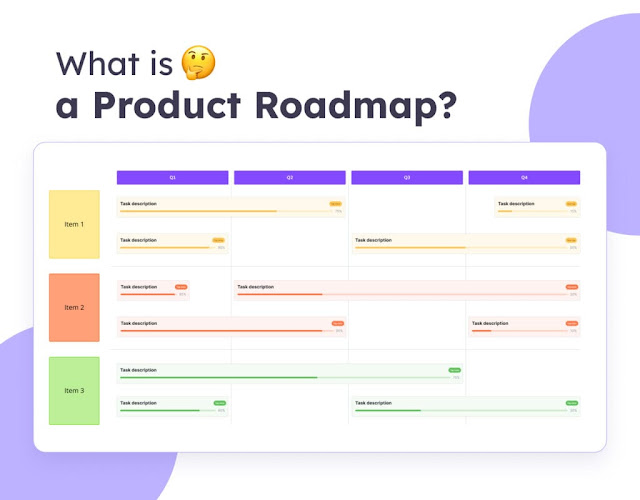10 Must-Have Features for Product Roadmap Template
.jpg)
Introduction: A well-structured Product Roadmap Template is crucial for product management. It aligns teams, sets clear goals, and ensures timely delivery. This template helps visualize the product journey, from inception to launch and beyond. Unlike a project roadmap, which focuses on specific projects and their timelines, a product roadmap emphasizes the product's lifecycle, including feature development, market positioning, and customer feedback integration. Here are ten must-have features that are discussed below: 1. Clear Objectives and Goals Every product roadmap should start with clear objectives and goals. These elements define the purpose of the product, target market, and desired outcomes. Including this feature ensures everyone understands the product's direction and purpose. 2. Timeline and Milestones A detailed timeline with milestones is essential. This feature helps track progress and ensures timely completion of tasks. It allows teams to see what needs to ...
.jpg)

.jpg)
.jpg)
.jpg)

.jpg)
.jpg)
.jpg)
.jpg)

